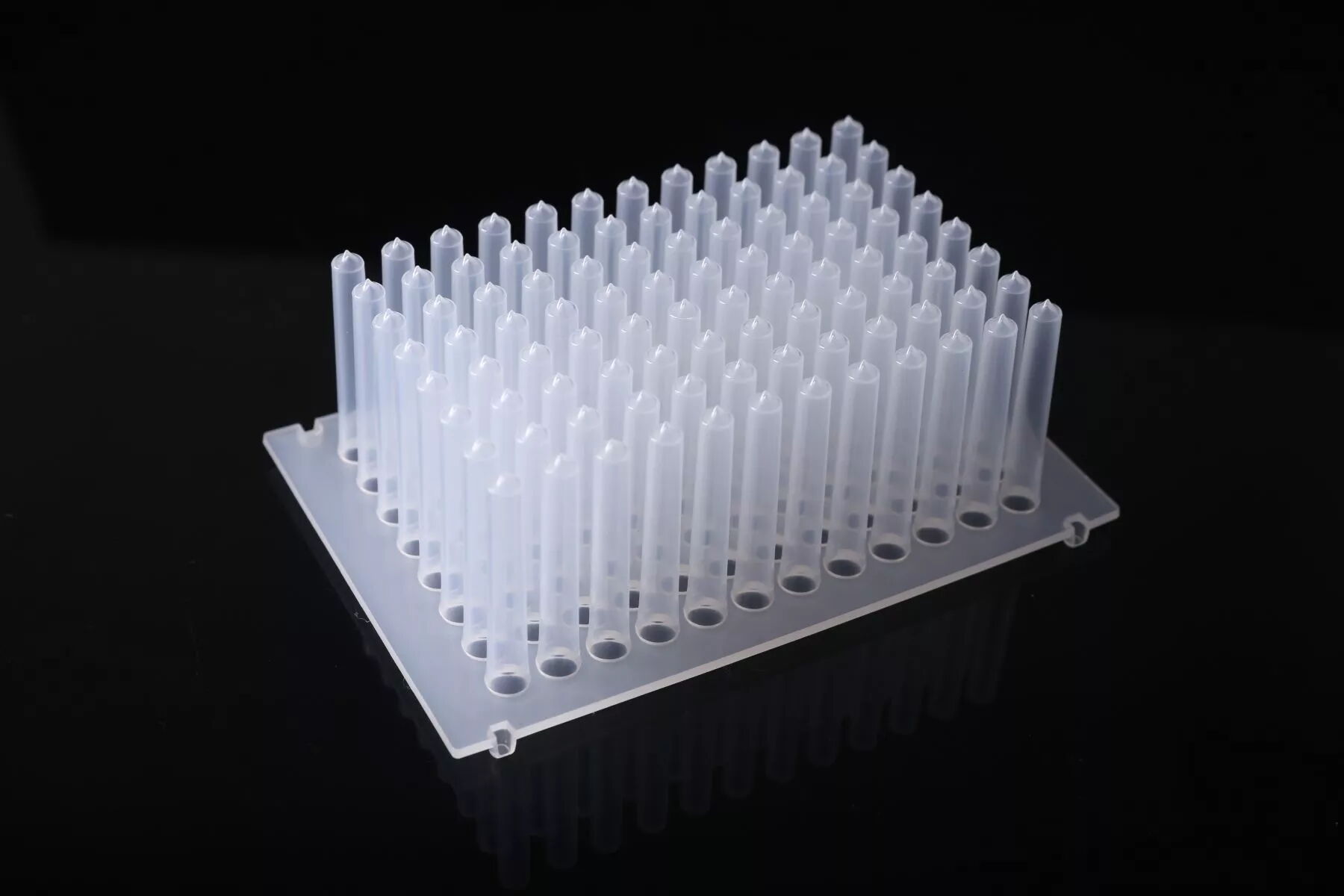What Are the Different Types of Pipette Tips?
Jun 19, 2024
Pipette tips, a fundamental component of laboratory practices, come in a multitude of types, each tailored to meet the precise needs of various experimental procedures. The diversity in their design and functionality underscores the importance of selecting the right tip for a given task to ensure not only the accuracy of measurements but also the integrity and safety of the samples being handled. Let's delve deeper into the nuances of these pipette tips and explore their specific applications:
1. Sterile vs. Non-Sterile Pipette Tips
Sterile tips are a must for any application where sterility is crucial. The idea of using non-sterile tips and autoclaving them might save costs, but it comes with caveats:
Quality Control Concerns: Manufacturers ensure sterility and perform regular checks; labs often don't verify their autoclaving process, risking sample contamination.
RNase and DNase Presence: Autoclaving eliminates living organisms but not enzymes like RNase and DNase, which could be an issue for sensitive assays.
2. Filter Tips
Filter tips are essential for preventing aerosol contamination during liquid aspiration. They're particularly important in PCR to avoid false positives due to cross-contamination. Here are some liquids that should always be handled with filter tips:
(1) RNA/DNA solutions
(2) Infectious samples
(3) Radio-labeled samples
(4) Volatile, corrosive, or viscous liquids
(5) Strong acids or bases
Filter tips are also a wise investment for training new lab staff to prevent contamination or pipette damage.
3. Long and Short Tips
Long tips are designed to reach the bottom of deep containers without risking cross-contamination. Short tips, on the other hand, are ideal for precision in small wells and offer better ergonomics by reducing arm strain.
4. Low Retention Tips
These tips minimize liquid retention, ensuring accuracy and consistency, and are particularly useful for viscous or low surface tension solutions. However, they come at a higher cost, so their use should be justified by the application.
5. Wide Bore Tips
Wide bore tips are gentle on fragile cellular samples, preventing damage that can occur with the narrow orifice of standard tips. They're perfect for transferring delicate cell lines or viscous materials.
6. Importance of Tip Quality and Fit
Quality and fit are paramount. Poorly fitting tips can lead to inaccurate results, wasted resources, and potential injuries from repetitive strain. Here's how to ensure quality:
(1) Polypropylene Blend: High-quality tips are made from virgin polypropylene, avoiding additives that could contaminate samples.
(2) Injection Molding: Consistency in manufacturing is key to accuracy and precision.
7. Finding the Right Fit
Not all tips are compatible with every pipette. It's best to stick with manufacturer recommendations or perform gravimetric tests to validate performance.
Conclusion
Investing in high-quality, properly fitting pipette tips might appear luxurious initially, but it proves to be a wise investment in the long run. Such tips not only save time and money but also safeguard health. When selecting them, it's crucial to match them precisely to your requirements and carefully consider the demands of your specific application.
1. Sterile vs. Non-Sterile Pipette Tips
Sterile tips are a must for any application where sterility is crucial. The idea of using non-sterile tips and autoclaving them might save costs, but it comes with caveats:
Quality Control Concerns: Manufacturers ensure sterility and perform regular checks; labs often don't verify their autoclaving process, risking sample contamination.
RNase and DNase Presence: Autoclaving eliminates living organisms but not enzymes like RNase and DNase, which could be an issue for sensitive assays.
2. Filter Tips
Filter tips are essential for preventing aerosol contamination during liquid aspiration. They're particularly important in PCR to avoid false positives due to cross-contamination. Here are some liquids that should always be handled with filter tips:
(1) RNA/DNA solutions
(2) Infectious samples
(3) Radio-labeled samples
(4) Volatile, corrosive, or viscous liquids
(5) Strong acids or bases
Filter tips are also a wise investment for training new lab staff to prevent contamination or pipette damage.
3. Long and Short Tips
Long tips are designed to reach the bottom of deep containers without risking cross-contamination. Short tips, on the other hand, are ideal for precision in small wells and offer better ergonomics by reducing arm strain.
4. Low Retention Tips
These tips minimize liquid retention, ensuring accuracy and consistency, and are particularly useful for viscous or low surface tension solutions. However, they come at a higher cost, so their use should be justified by the application.
5. Wide Bore Tips
Wide bore tips are gentle on fragile cellular samples, preventing damage that can occur with the narrow orifice of standard tips. They're perfect for transferring delicate cell lines or viscous materials.
6. Importance of Tip Quality and Fit
Quality and fit are paramount. Poorly fitting tips can lead to inaccurate results, wasted resources, and potential injuries from repetitive strain. Here's how to ensure quality:
(1) Polypropylene Blend: High-quality tips are made from virgin polypropylene, avoiding additives that could contaminate samples.
(2) Injection Molding: Consistency in manufacturing is key to accuracy and precision.
7. Finding the Right Fit
Not all tips are compatible with every pipette. It's best to stick with manufacturer recommendations or perform gravimetric tests to validate performance.
Conclusion
Investing in high-quality, properly fitting pipette tips might appear luxurious initially, but it proves to be a wise investment in the long run. Such tips not only save time and money but also safeguard health. When selecting them, it's crucial to match them precisely to your requirements and carefully consider the demands of your specific application.
Previous: Key Factors for Choosing Centrifuge Tubes
Next: Effect of High Quality PCR Plate on Accuracy



